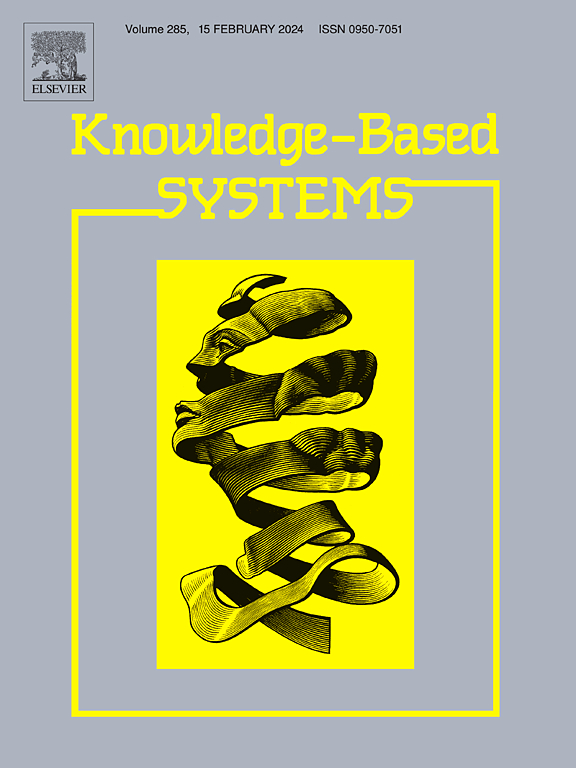Graph protection under multiple simultaneous attacks: A heuristic approach
IF 7.2
1区 计算机科学
Q1 COMPUTER SCIENCE, ARTIFICIAL INTELLIGENCE
引用次数: 0
Abstract
This work focuses on developing a meta-heuristic approach to protect network nodes from simultaneous attacks, specifically addressing the -strong Roman domination problem. The objective is to assign integer weights to the nodes, representing the number of stationed armies, to meet protection constraints while minimizing the total number of armies. A network is protected if it can repel any simultaneous attack on nodes. A node is protected if it can defend itself or if a neighboring node provides an army while retaining at least one army for self-defense. This problem formulation can be used in practical scenarios, e.g. developing counter-terrorism strategies or in coping with supply chain disruptions. The problem is difficult as even verifying the feasibility of a single solution generally requires an exponential time. Two exact approaches are proposed in the literature but applicable to small random graphs. For larger graphs, we propose an effective variable neighborhood search, where the feasibility of a solution is verified by introducing the concept of relaxed feasibility. Experiments are conducted with random networks from the literature and two introduced ad-hoc wireless and real-world networks. Extensive experimental evaluations show the robustness of the proposed approach compared to the existing approaches from the literature by significantly outperforming them in all three benchmark sets. Furthermore, we demonstrate the practical application of the proposed variable neighborhood search approach, where its solution is used to position fire stations within the city so that simultaneous fires can be extinguished efficiently while reducing the number of required fire trucks.
求助全文
约1分钟内获得全文
求助全文
来源期刊

Knowledge-Based Systems
工程技术-计算机:人工智能
CiteScore
14.80
自引率
12.50%
发文量
1245
审稿时长
7.8 months
期刊介绍:
Knowledge-Based Systems, an international and interdisciplinary journal in artificial intelligence, publishes original, innovative, and creative research results in the field. It focuses on knowledge-based and other artificial intelligence techniques-based systems. The journal aims to support human prediction and decision-making through data science and computation techniques, provide a balanced coverage of theory and practical study, and encourage the development and implementation of knowledge-based intelligence models, methods, systems, and software tools. Applications in business, government, education, engineering, and healthcare are emphasized.
 求助内容:
求助内容: 应助结果提醒方式:
应助结果提醒方式:


